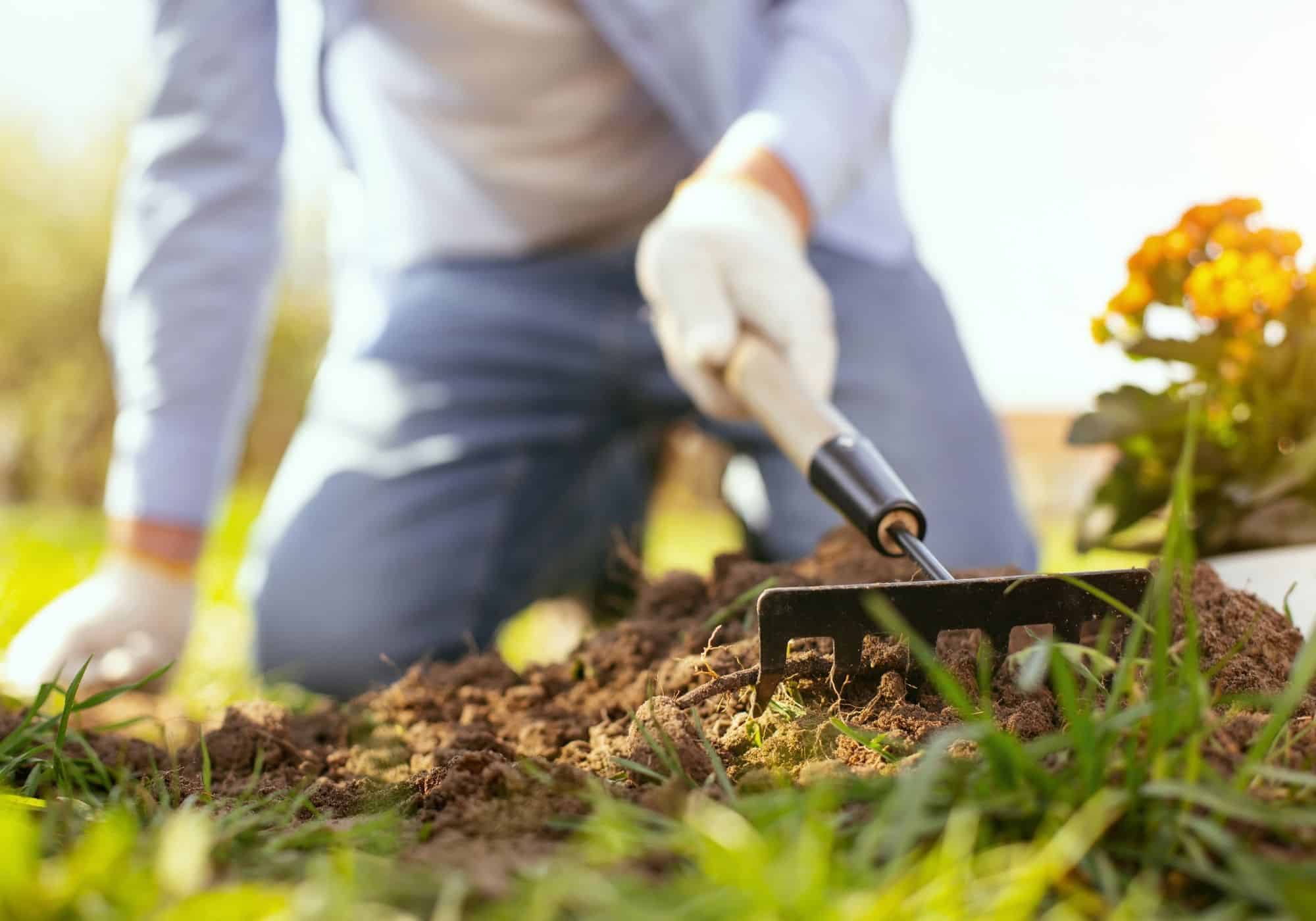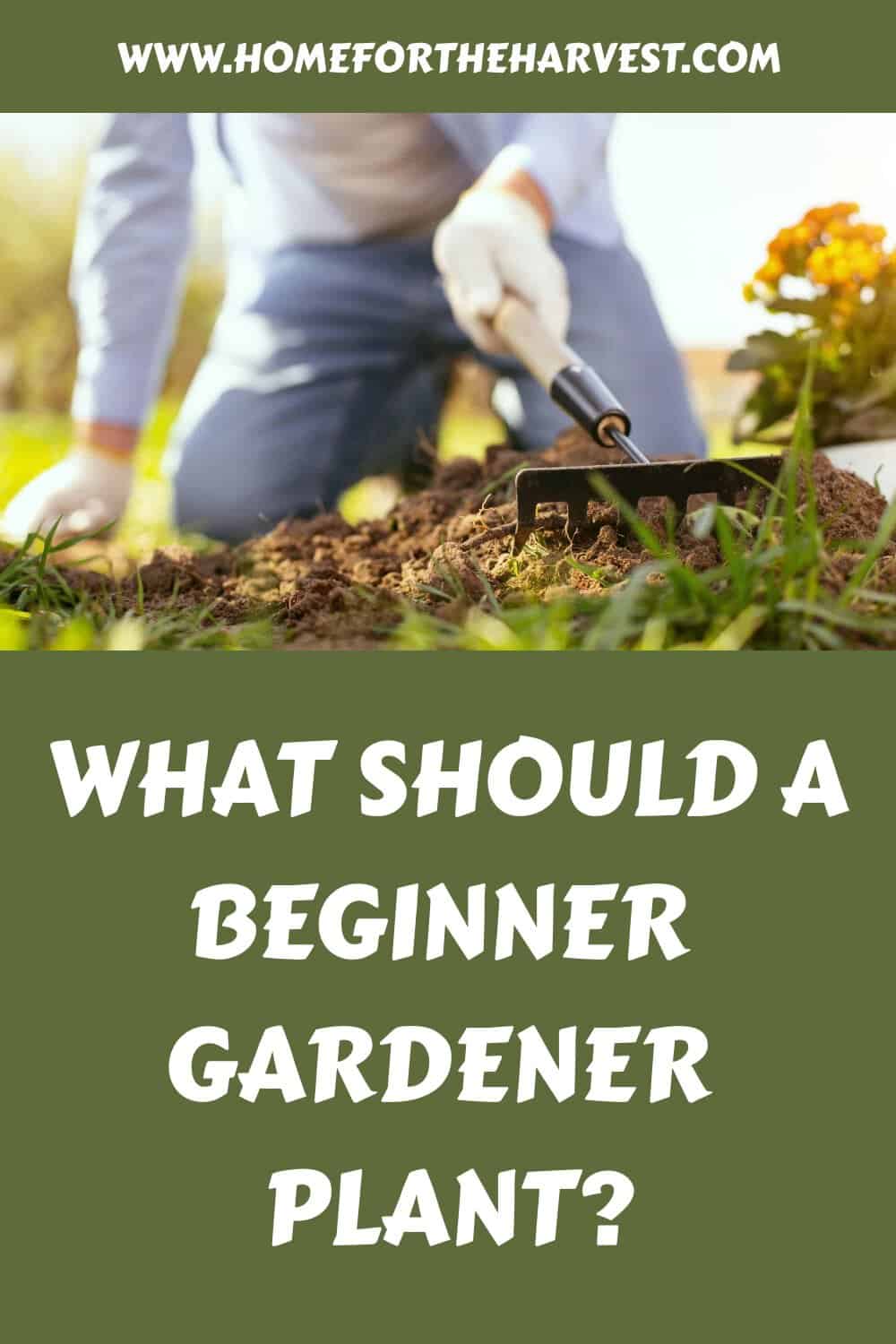The easiest plants to grow for beginners are low-maintenance or plants that don’t require too much tending. These include lettuce, sunflowers, strawberries, peppers, and many culinary herbs (basil, cilantro, dill, etc.).
The best plants for beginner gardeners
First things first… What kind of garden do you want? Is this a garden for pleasure, for food, for ornamental value? The purpose of your garden will determine the type of plants you’ll want to get. Flowers are best for curb appeal landscaping (or for tabletop bouquets), while fruits and vegetables are better for culinary gardeners.
Also, do you live in a place where you have enough space for a large garden with raised beds? Or are you looking for a bit of green plant life to squeeze into your city loft apartment?
You’ll also need to know the general temperature/climate of where you live (especially if you’re gardening outdoors). Is it hot and humid where you’re at? Cold and snowy? Both? The general climate and the time of year will affect what you’re able to plant outdoors. Plants survive on photosynthesis, so wherever you plant them, make sure they get plenty of sunlight!
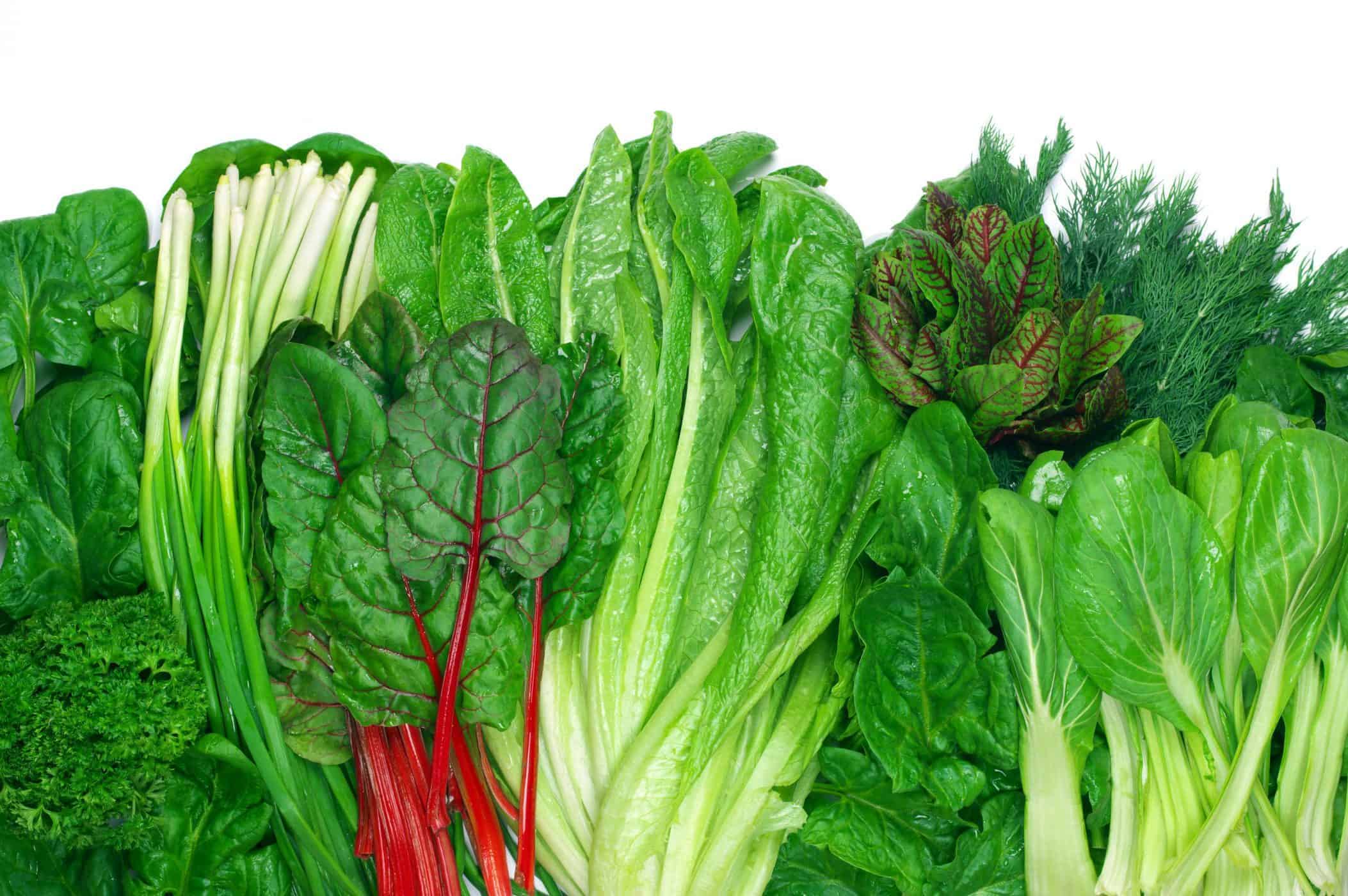
1. Leafy greens
If you love salad, this is the best place to start! Leafy greens are some of the easiest plants to grow for new gardeners.
Here’s a list of some of the best greens to plant in your garden:
- Arugula
- Chard
- Kale
- Lettuce
- Mustard
- Collard Greens
- Spinach
Arugula: Able to grow in a variety of climates, Arugula is one of those rare breeds that can make it during the cold months and grow almost all year round. The best time for sowing is in late summer/ early fall, with soil containing a 6-7 pH, and the green needs a bit of sun (partial at least) to grow happy.
Chard: Beautiful and colorful, Chard is one of the “cooking greens”, often used as a side to fancy dishes. The best time for sowing is 2-3 weeks before the last spring frost, with soil containing a (similar to Arugula) pH, and this green needs full sunlight to really blossom.
Kale: With that bitter, acquired taste, Kale is easy to grow anywhere. Temperature is not too important, but the plant tastes better when the leaves grow in cooler temperatures. The best time for sowing is 3-5 weeks before the last spring frost, with soil containing a very specific range of somewhere between 6.5 and 7.4 pH.
Lettuce: The green we all know, lettuce is that green best used for salads and always handy to have in the fridge. Like most of the leafy greens laid out here, lettuce likes to be sown a few weeks before the last spring frost and needs full sun to get the most flavor and color out of its harvest.
Spinach: The Popeye veggie, Spinach is easy to grow because it can withstand frost and varying temperatures. So, though these are able to survive most climates, the plant prefers a good amount of sunlight and mulch in its growing process.
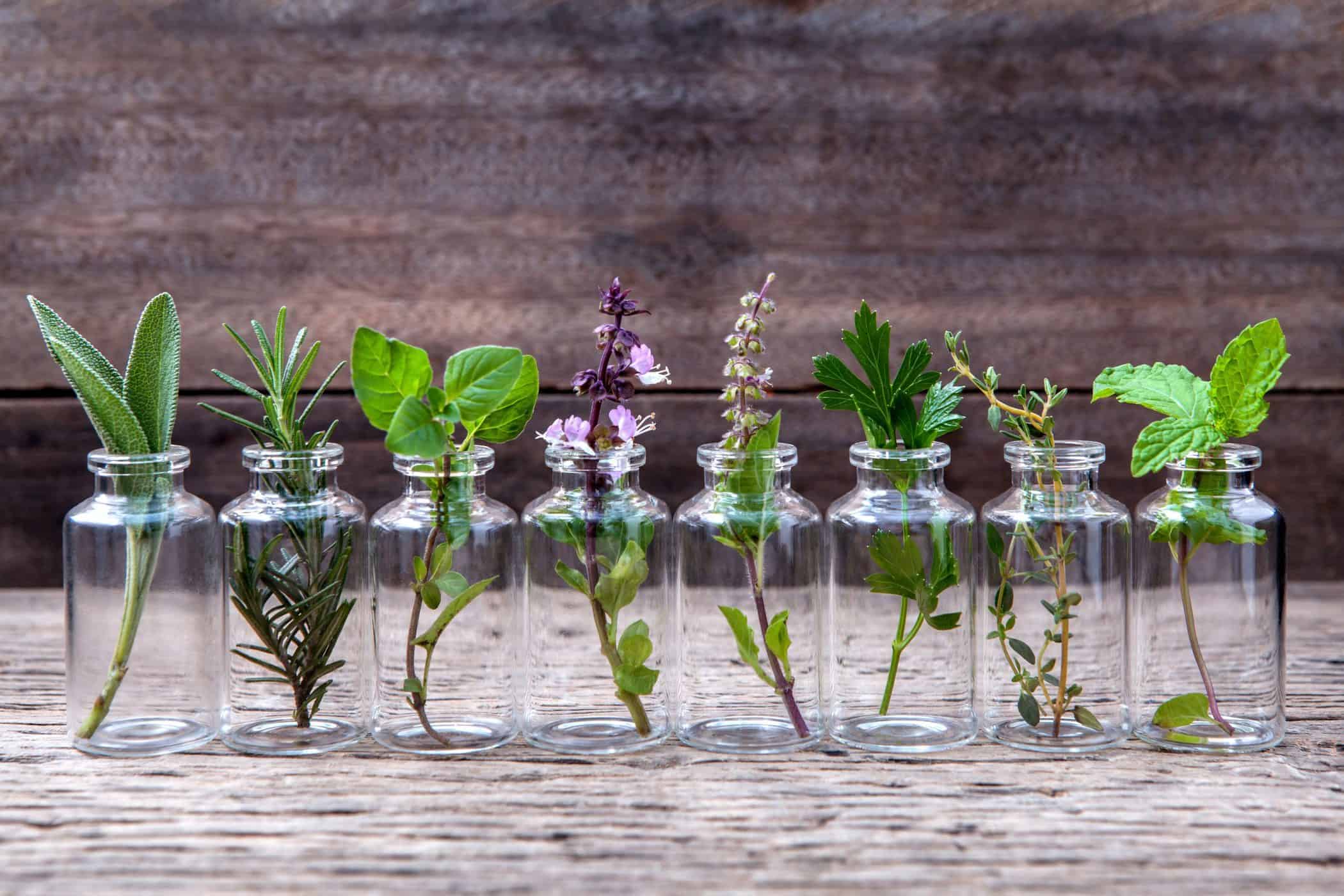
2. Herb garden plants
Herbs are some of the easiest plants to grow. There’s really not much maintenance to do for them, and they look really cute in a small pot on your windowsill. Beginners can pick up potted seedling plants from the garden center (an easier option than growing the plants from seeds).
Here are some of the most popular options for herb plants:
- Basil
- Cilantro
- Dill
- Mint
- Parsley
Basil: This plant is a big fan of the sun, but it’s a bit of an introvert and likes to stay indoors. There’s not much other than water and light that goes into caring for it.
Cilantro: The perfect addition to any homemade salsa, Cilantro is always useful to have on hand. It grows super fast with the right amount of sun (which is a lot of sun) and doesn’t need any special protection.
Dill: Like Cilantro, with the right motivation (sunlight and love) dill grows like crazy. Clip the buds before they flower if you want them to continue growing longer!
Mint: Mint is a herb all its own. It grows quickly like other herbs, but grows really bushy and can get territorial. The Superman of florae, Mint is also extremely strong. Meaning, the roots go deep and it’s hard work getting it out of the ground.
Parsley: This herb is a bit lightweight. It can start indoors and stay indoors but if ever transferred outside, the plant may tear, so be careful. Parsley is fragile.
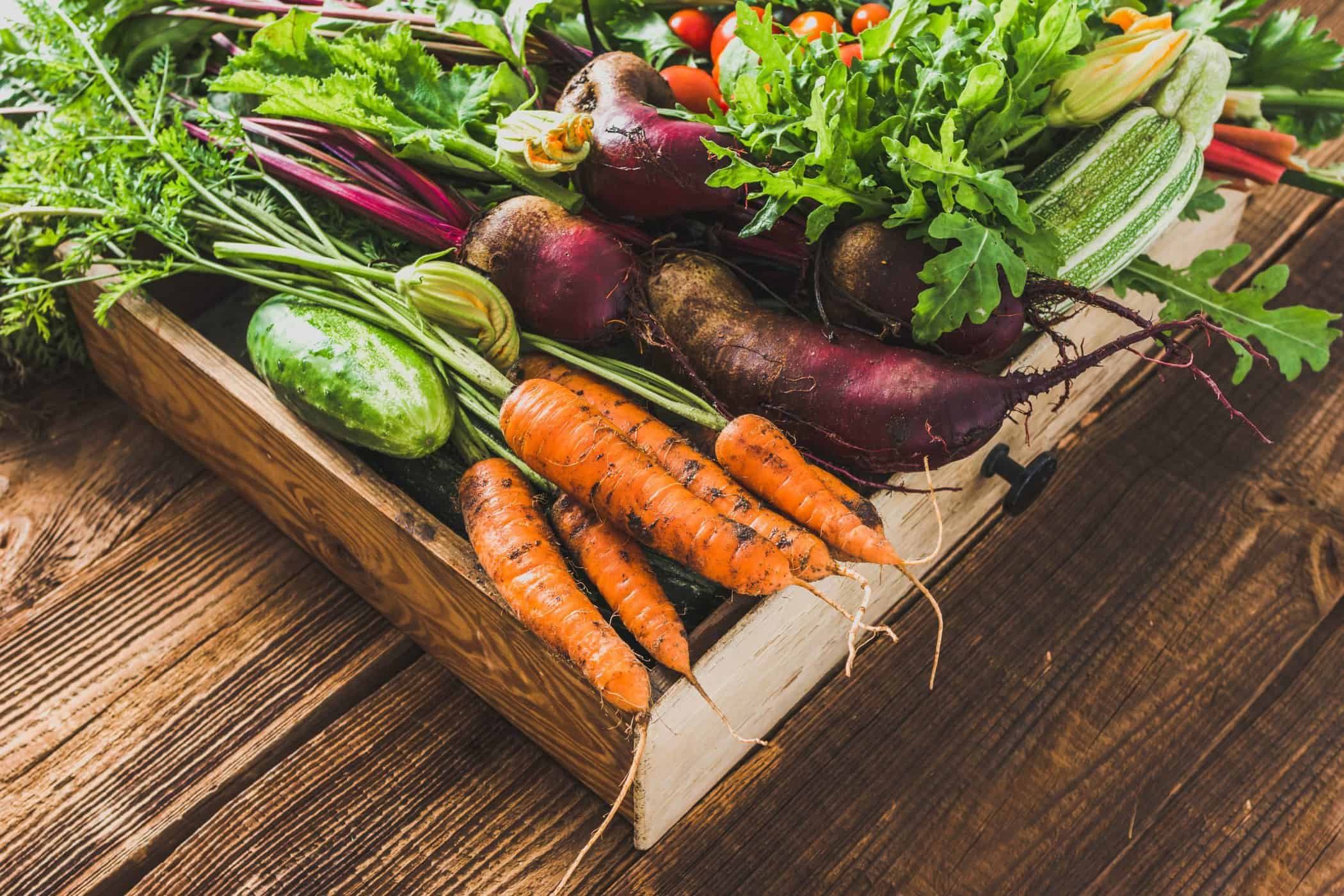
3. Vegetables
Wanting to get that vegetable garden vibe going?
Here’s a list of easy-to-grow veggies to get you started:
- Peas
- Carrots
- Radishes
- Scallions
- Peppers
- Cucumbers
- Eggplant
Peas: Honestly, easy peasy. The most nit-picky thing about peas is their weather preference, they like it cold. That being said, most pea varieties (snap peas, sweet peas, snow peas) will continue to grow rain or shine. So, though they have the idea that cold is better, they will be just fine in warmer climates.
Carrots: This is what everyone thinks of when they think of vegetable gardens, right? Carrots, what a classic. They, like peas, will grow in a majority of climates and aren’t too picky. The thing they care more about than the weather is obstruction. Be sure to clear the way for your carrots to grow, and be sure to have good, proper soil.
Radishes: Everyone loves growing radishes because the payoff is so quick! They only need so-so soil to flourish and they are ready to harvest in less than 30 days.
Scallions: Like radishes, scallions don’t need much time to grow (only about 60 days)!
Peppers: So there are a few different types of peppers to choose from here. We got spicy peppers like jalapenos or something sweeter, like bell peppers. Regardless of the type, both kinds need sun (especially the spicy peppers). Without light and warmth, the peppers won’t be able to grow to full size and full potency.
Cucumbers: What people like most about growing cucumbers is the rate at which they grow. They are anything but late bloomers. They love the sun (like most of the plants on this list) and, depending on the type of cucumber like to grow up in small spaces.
Eggplant: Preferring more acidic soil and warmer weather, eggplants are needy but easy to grow. For best results, eggplants like fertilizer but can grow in small spaces like cucumbers.
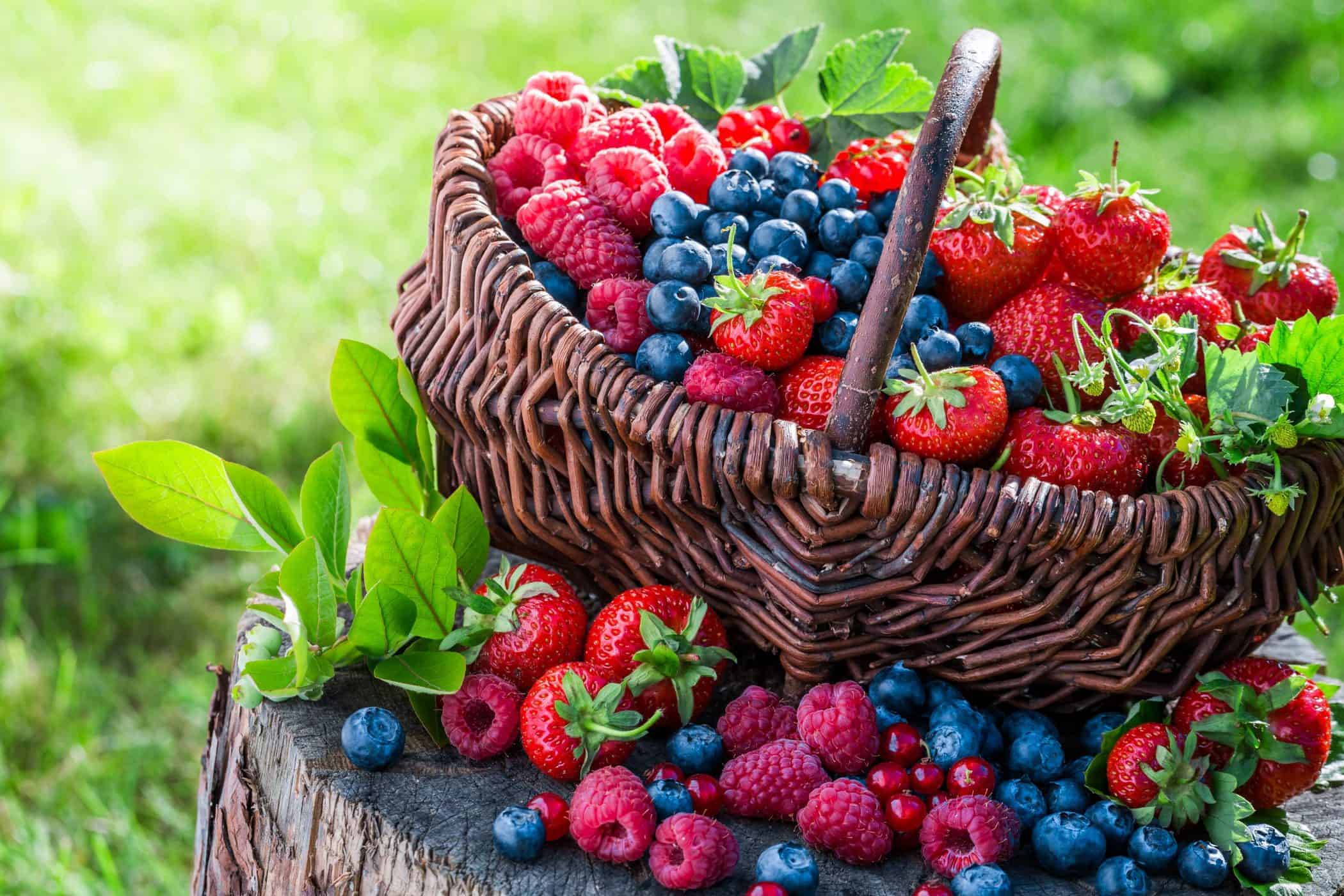
4. Berry plants
If you’re not much of a salad person and have more of a sweet tooth, here’s a list of some beginner-friendly fruits:
- Strawberries
- Raspberries
- Blackberries
- Blueberries
Strawberries: Not partial to specific soils or climates, strawberries find it easy to get along with any garden. Anytime, anywhere. All they ask for is sun and lots of it. Needing up to 10 hours in the sun DAILY, strawberries need light and warmth. Other than that, the soil’s pH levels aren’t extremely important and the berries will bloom.
Raspberries: Raspberries like the cooler temperatures, but can handle a good majority of heat and cold fronts. The biggest consideration when it comes to this berry is making sure it has enough room to grow. The bush can get large in stature and will spread out more than you might expect.
Blackberries: Like most of the berries and plants mentioned so far, blackberries like to be planted in the spring. They also love the sun and can pretty much grow on their own. But, a warning: most blackberries have thorns and can get mighty prickly. Giving it lots of space, it might be better to give it water and leave it alone.
Blueberries: Probably the most laid-back of the berries, blueberry plants are very independent. They typically grow best in warmer weather and are sown somewhere between spring and fall. They like more acidic soil than most (around 4-5pH) and are water suckers. Tending to absorb as much moisture as possible, the blueberry bushes can self-sustain but are nutrient hogs. So if you’re thinking of having more than one blueberry bush in your garden, make sure they are spaced out so there are enough nutrients to go around.

5. Flowers
Last, but certainly not least, we have flowers… So, so many flowers. While some types of flower plants can be expert-level to grow, there are some wonderful options for beginner gardeners.
Some of people’s favorite, easy-growing flowers include:
- Sunflowers
- Coneflowers
- Marigolds
- Morning Glories
- Sweet Peas
- Pansies
- Lavender
- Daffodils
Sunflowers: These bad boys can grow up to 16 feet tall, but if you have room in your garden for them, they will never let you down. Able to sustain themselves through extremely hot weather, and even droughts, sunflowers thrive in the sun regardless of how harsh. They also aren’t too partial on the kind of soil you house them in. Sunflowers are also one of the easiest flowers to grow at home directly from seeds (rather than buying potted seedling plants).
Coneflowers: Like Sunflowers, Coneflowers love, love the sun. Also called Echinacea, they too can withstand high temperatures and droughts and love the heat. This makes them easy to care for (and hard to kill). They’re available most commonly in shades of pink and purple, but also in oranges and in white at some specialty nurseries.
Marigolds: Marigolds are used in sandy, dry regions and can grow in pretty much any soil. They grow really quickly and love the sunlight. And as a perk, they are known to repel mosquitoes!
Morning Glories: Morning Glories prefer the sun and are “self-sowing” flowers, which means they can continue to grow more of themselves year after year if the seeds are allowed to grow and fall to the ground. If you’d like your morning glory plants to self-sew, make sure you have enough room for a big family of them to spread.
Sweet Peas: Sweet Peas can grow in both warm and cooler temperatures, so they aren’t too finicky about their surroundings so long as they get water and periodic/partial sun. They also grow quite easily from seeds if you can’t find starter plants.
Pansies: Like Sweet Peas, pansies can grow in the sun or shade, and they are even known to continue blossoming throughout the winter months! (They are pretty good at self-sustaining).
Lavender: Similar to sunflowers and coneflowers, lavender is drought-tolerant and doesn’t need frequent watering. And like Marigolds, Lavender can repel those pesky blood-suckers (see also ‘9 Amazing Garden Plants That Repel Pests And Flies‘). Beginners should look for baby lavender plants rather than trying to germinate lavender seeds at home.
Daffodils: These flowers are prone to grow in whatever climate and can keep up their health in times of light or shade. They are typically grown in beds/containers, so they’d be right at home in any backyard garden. In temperate zones, daffodil bulbs are planted in the autumn to allow for a beautiful early-spring show of flowers.
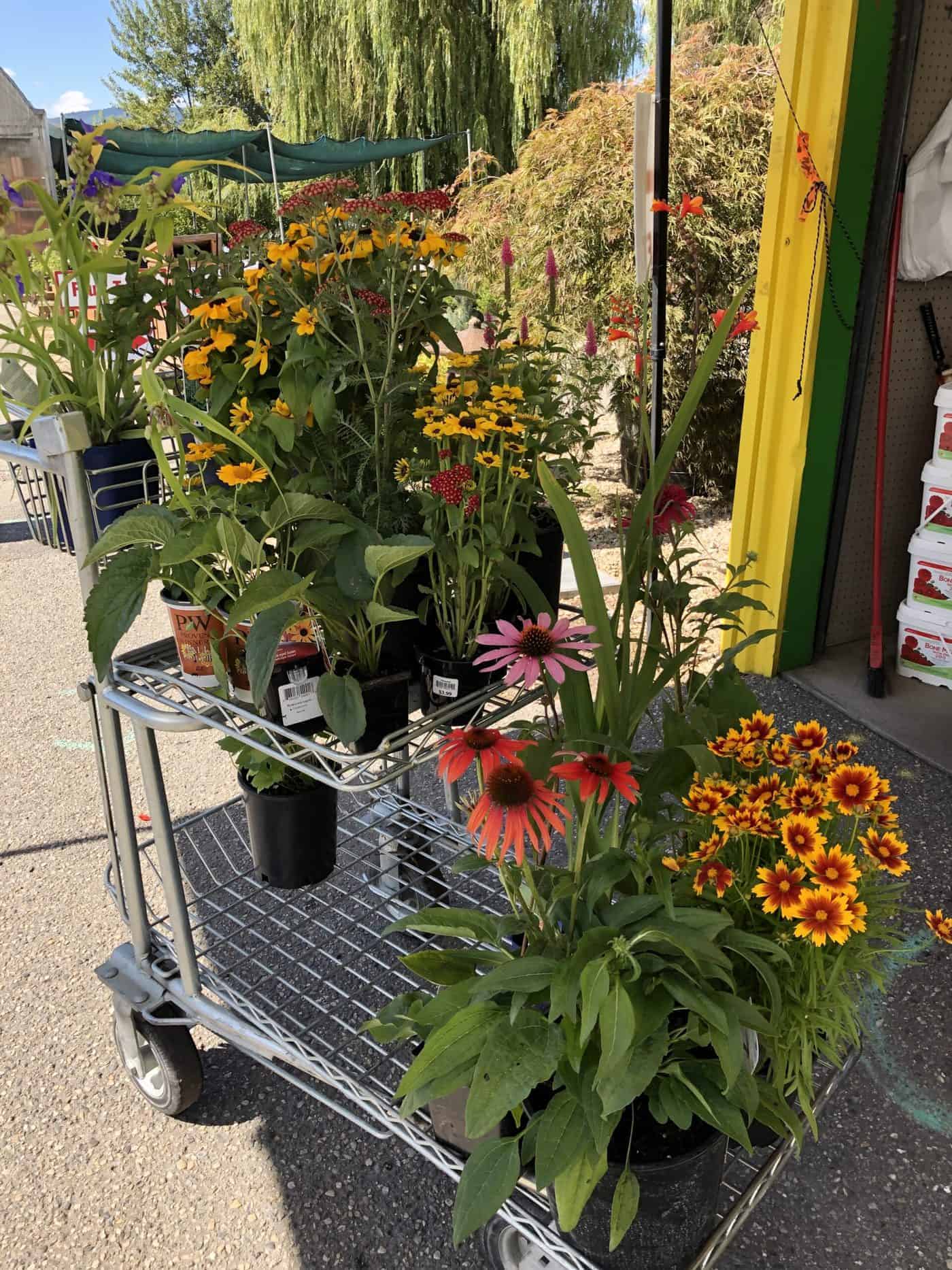
Beginner guidelines for planting & harvest seasons
Once your plant(s) of choice has begun to grow on you, next comes harvesting. Though almost every plant/veggie/fruit will have its own specific time for optimum harvesting, most can be boiled down to a certain time of year/season.
| Plant Type | Sow Time | Harvest Time |
| Leafy Greens | Early Spring, Early Fall | Late Spring, Late Fall |
| Herbs | Early Spring-Early Fall | Late Spring-Late Fall |
| Vegetables | Spring | Summer-Fall |
| Berries | Early Spring, Early Fall | Summer, Fall |
| Flowers | Spring | Summer-Fall |
Extra tips for beginner-friendly planting
Start small. There are lots of flowers and greens to grow, but something to take into consideration when contemplating gardening is simplicity. While one can never have too many plants….make sure to give yourself time to adjust.
Experienced gardeners and growers suggest starting out with 2-3 different types of plants and then going from there. There’s no rush. By keeping things simple, you are guaranteed better results and fewer floral casualties.
Another pro-tip: grow what you like! For some reason, we all get excited to garden so we think we’ll grow Brussel Sprouts or something cool and green that we hate eating. Grow instead what you like, and if you’re thinking along the lines of fruits and vegetables, makes sure you grow things you’ll actually want to eat!


